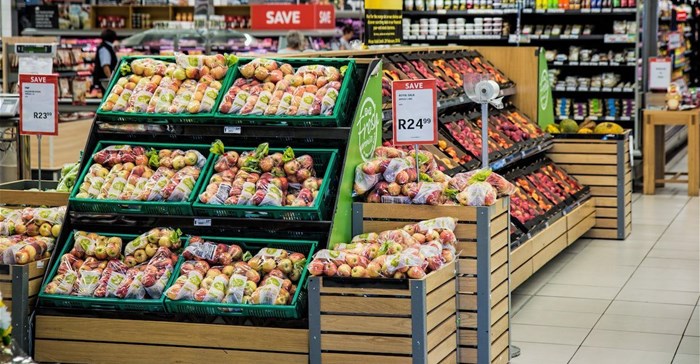
Related
Top stories


EducationFrom adversity to opportunity: African education’s revival strategies
Sanjeev Mansotra 1 day



Marketing & MediaThe Odd Number named Financial Mail AdFocus Mid-Sized Agency of the Year
The Odd Number 1 day

More news












The net effect of rising food, transport and borrowing costs is the reduction of discretionary – or non-essential – spending by consumers. Higher inflation disproportionately impacts lower-income consumers, given the contribution of food and transport costs to their total expenses. This is compounded by this consumer cohort tending to have lower savings.
Middle-income consumers with mortgages, car loans and credit card debt are also squeezed because of their exposure to rising interest rates. A higher interest burden eats into budgets, causing consumers to be more conscious of their spending.
Unlike other consumer products such as clothing, entertainment and cars, food is an essential expenditure item. But a consumption squeeze still affects food expenditures as consumers reduce their monthly basket sizes by eating less, reduce non-essential foods such as sweets and snacks, switch to cheaper proteins and trade down to cheaper products.
Food companies with strong brands are better able to retain their customers and pass on these high price increases. However, those with weak brands or in highly competitive segments are more likely to be impacted by lower volumes, lower price increases and higher input costs.
Food retailers tend to outperform food manufacturers in periods of high food inflation. The market dominance and bargaining power of the big retailers end up squeezing the margins of the more competitive food manufacturers. The retailers also benefit from a switch into their better-priced private-label products (they participate in the manufacturing profits) and from eat-in trends (eating out is even more expensive in periods of high food inflation).
Food retailers are not immune to the consequences of food inflation despite generally being able to pass it on to consumers. Higher till prices can result in lower volumes for retailers as consumers reduce their basket size. Food retail sales growth has been positive every year in SA since records began in 1980. Volume growth was negative in 10 of the last 42 years. But the average volume declines in these years was just 1.6%, which is not material.
This defensiveness has enabled food retailers to outperform cyclical sectors during periods of high food inflation. However, stiff competition for market share in the food retail segment should stimulate more promotional activity to offset some of this inflation. Some retailers might reduce the number of SKUs in the store and try to get lower prices from manufacturers for bulk discounts (thus a large portion of the food inflation is funded by food manufacturers).
Therefore, in periods of high food inflation, you want to be invested in food retailers over food producers. Within the Foord portfolios, we hold a big overweight position in food retailer Spar and have a low weight to food producers. We believe that Spar offers significant upside from these levels with its defensiveness, high cashflow generation, consistent earnings growth and strong divisional management.